Tony Hawk's Pro Skater turns 20: "Our first demo featured Bruce Willis on a skateboard"
Developer Neversoft on how a real-world half pipe, Super Mario 64 and the perfect soundtrack helped turn Tony Hawk's Pro Skater into an all-time classic

There is a severed eyeball with a spear through it looking around your television screen, as intrigued about what’s about to happen next as you are. The song Police Truck by anti-corporate punk rockers Dead Kennedys starts to pummel through your speakers. Legendary skater Tony Hawk fades in, completes a full loop, nails a back smith, then cuts to Bob Burnquist sending a one-foot backside 360, a fakie 5-0 and a method air. You are brought to the main menu of a game that will launch one of the most famous series in video game history, change the face of skateboarding, and make you happy about finding glowing videotapes hovering in unlikely places. That game is Tony Hawk's Pro Skater (THPS) and Official PlayStation Magazine talked to developer Neversoft's co-founder Mick West for the unlikely story of how a skateboarding game became one of PlayStation's defining titles.
Yes, it's now 20 years since the launch of Tony Hawk’s Pro Skater (THPS), on August 31 1999, on PlayStation. Few realise that it’s a miracle developer Neversoft stayed afloat long enough to make it happen. The company was founded by Mick West, Joel Jewett, and Chris Ward in 1994. They had a few minor successes after starting up, but when Activision approached them to collaborate on Apocalypse, a third-person shooter starring Bruce Willis, they were on the brink of going out of business.
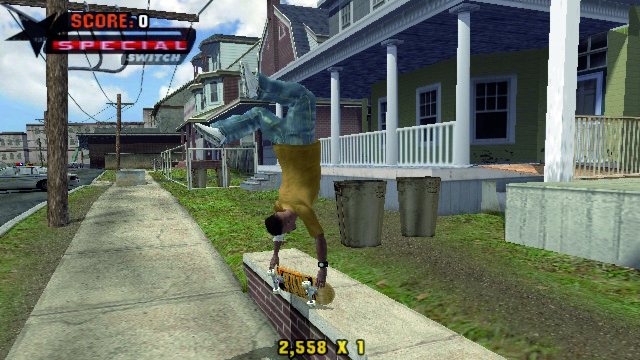
“We were not paying ourselves; we were paying all the employees half salaries,” recalls West. “At the end of the month we’d have had to close, so it was cutting it pretty fine. Activision had stuck a load of money into Apocalypse and the people before us had made a mess of it. We came in and made a nice little game, so Activision suggested we do this skateboarding game. Skateboarding was this big, up-and-coming thing. That’s how it started.”
Still, there was a long way to go before Activision’s simple concept of skateboarding would develop into the tape-grabbing, combo-tricking, letter-collecting skate frenzy which would garner a cult following. “The first thing we did was look around at other skateboarding games,” West says. “There weren’t many, but there was Top Skater, an arcade game where you had to balance on a skateboard and race down a hill. It was fun, so we started doing prototypes of these long, downhill levels.
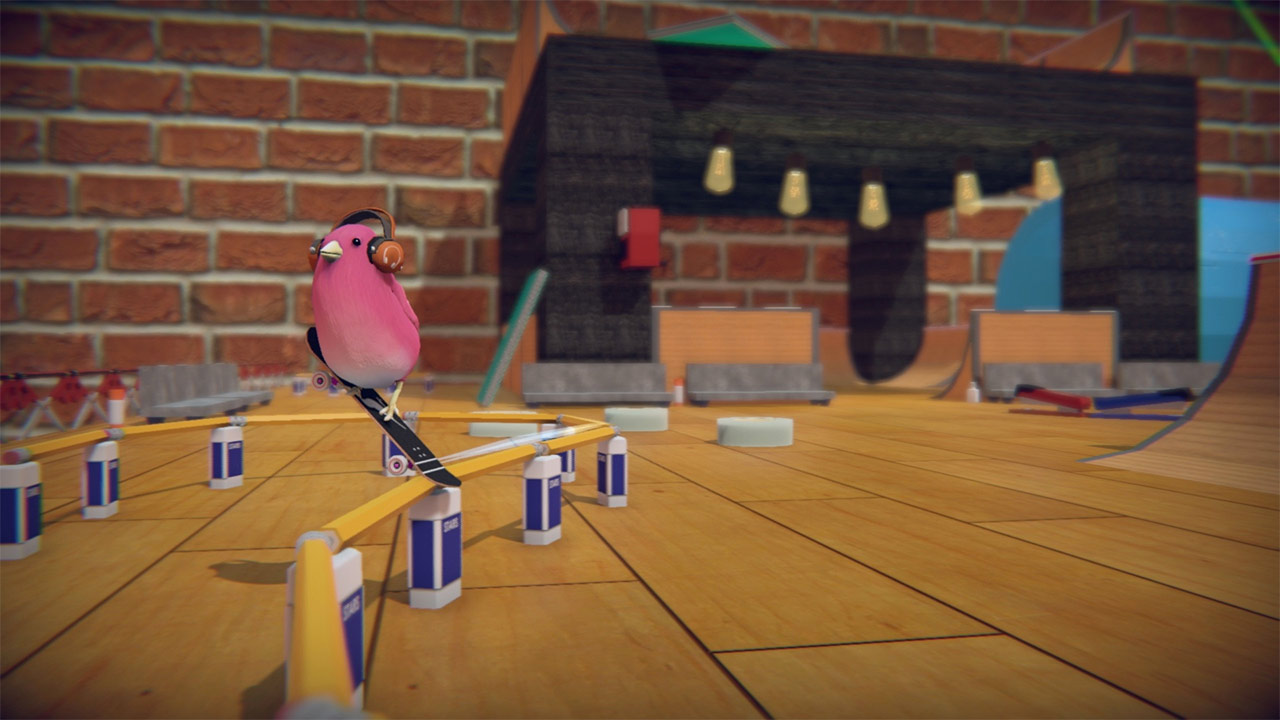
Skatebird is the indie reincarnation of Tony Hawk's Pro Skater
“We found that the downhill levels were fun, but only for the minute and a half that it took to ride them, and after that... what do you do? But we had an area at the bottom that just had a few ramps which we were using for testing, and people were actually having more fun doing tricks in that little area, so we decided we’d focus on that.”
If you've spent much time playing Tony Hawk’s Pro Skater, you’ll remember that there are some downhill levels in the original game. Downhill Jam was effectively a race to the finish line, featuring gameplay now more common to downhill snowboarding franchises like SSX Tricky. The level could be over within the minute... if your protagonist didn’t shed too much blood along the way.
Plumbing depths
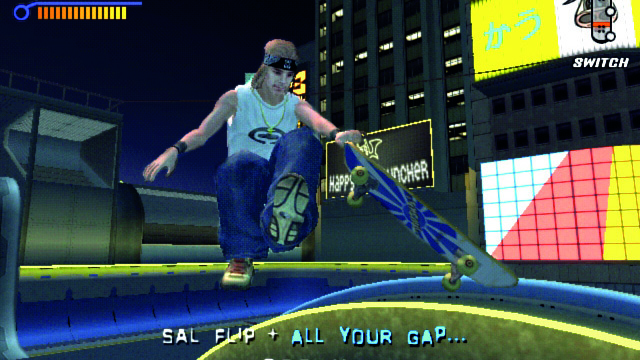
Where Tony Hawk’s Pro Skater broke ground was with maps like School and Downtown (naming levels wasn't Neversoft’s strong suit), which were incredibly original. You could float from area to area freely, and without having to wait, excitement ticking away, on a loading screen. “One of the influences back then was Super Mario 64,” says West, “which had an open world. Tony Hawk itself wasn’t that much of an open world at first. The first game is not very big because of the limits of the PlayStation at the time. But there was so much freedom.”
Weekly digests, tales from the communities you love, and more
"We were fortunate that we picked the right skateboarder to put on the cover."
Mick West
“One of the designers, Aaron Cammarata, came up with it. He suggested the points go into a holding area and then if you landed the trick correctly you got them all and if you didn’t, you’d lose them all. Before that we just had you getting points every time you did a trick. That became a fundamental part of the game, doing these long combos to get multipliers and points. One of my favourite lines is a rail loop in the ‘Los Angeles’ level on Tony Hawk 3, where you could keep going round.”
Tony Hawk was initially approached about the series in 1998. The first demo he played of the game featured Bruce Willis from Apocalypse on a skateboard, riding around a downhill level. “We just used all the Apocalypse assets to throw something together,” laughs West. It wasn’t just Hawk that brought authenticity to the game, though. Neversoft co-founder Joel Jewitt pushed the staff to take a deep dive into skate culture.
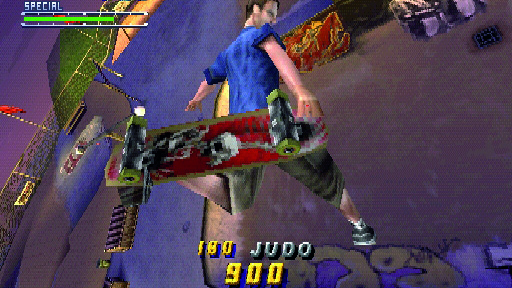
“Joel is a little eccentric. He built a half-pipe in his backyard for the second game and encouraged people to skate – he didn’t force anyone to skate – but he certainly encouraged them, and we wanted to skate. We were young and it was cool. A few people did have injuries but these things happen. Joel was a lot of fun to work with. Tony was more involved in the latter part of the game, in giving feedback once we got things up and running. He would work as a tester essentially. We would send him builds all the time and then he would send back notes via Activision, or sometimes directly.”
The Neversoft team really realised they had something big on their hands when a level from the game went out on a demo disc given away by Pizza Hut – a disk which also included demos of Crash Team Racing and Final Fantasy VIII – to rave reviews. “We knew it was going to be big because we had so much feedback from that one demo,” West says.
“People enjoyed playing it. It was consistent. The simple things, like jumping on a half-pipe, just felt good. That was the fundamental reason why the game was fun to play. The first game was a lot of experimentation. There was a lot we wanted to do that we weren’t able to, but we knew we wanted to do another, so for the next game we were thinking we would do the same sort of thing, but better – which is what we did.”
The game flew off the shelves, shipping over 350,000 units between its release and the end of 1999. Tony Hawk’s Pro Skater 2 would drop in September the next year, and for 2000 THPS and its successor would be the two best selling games on PlayStation. Tony Hawk landing the first ever 900 on a skateboard two months before the original game launched didn’t hinder sales, either. “We were fortunate that we picked the right skateboarder to put on the cover of our game,” says West.
Axle rose

You can’t talk about the Tony Hawk’s franchise without discussing the soundtrack, of course. Dead Kennedys, Primus, and Suicidal Tendencies provided the punk rock edge that defined the first game, while Aim’s Ain’t Got Time To Waste provided a hip-hop alternative. Goldfinger exemplified what every player was doing (“pretending I’m a Superman”), and their song became synonymous with the franchise.
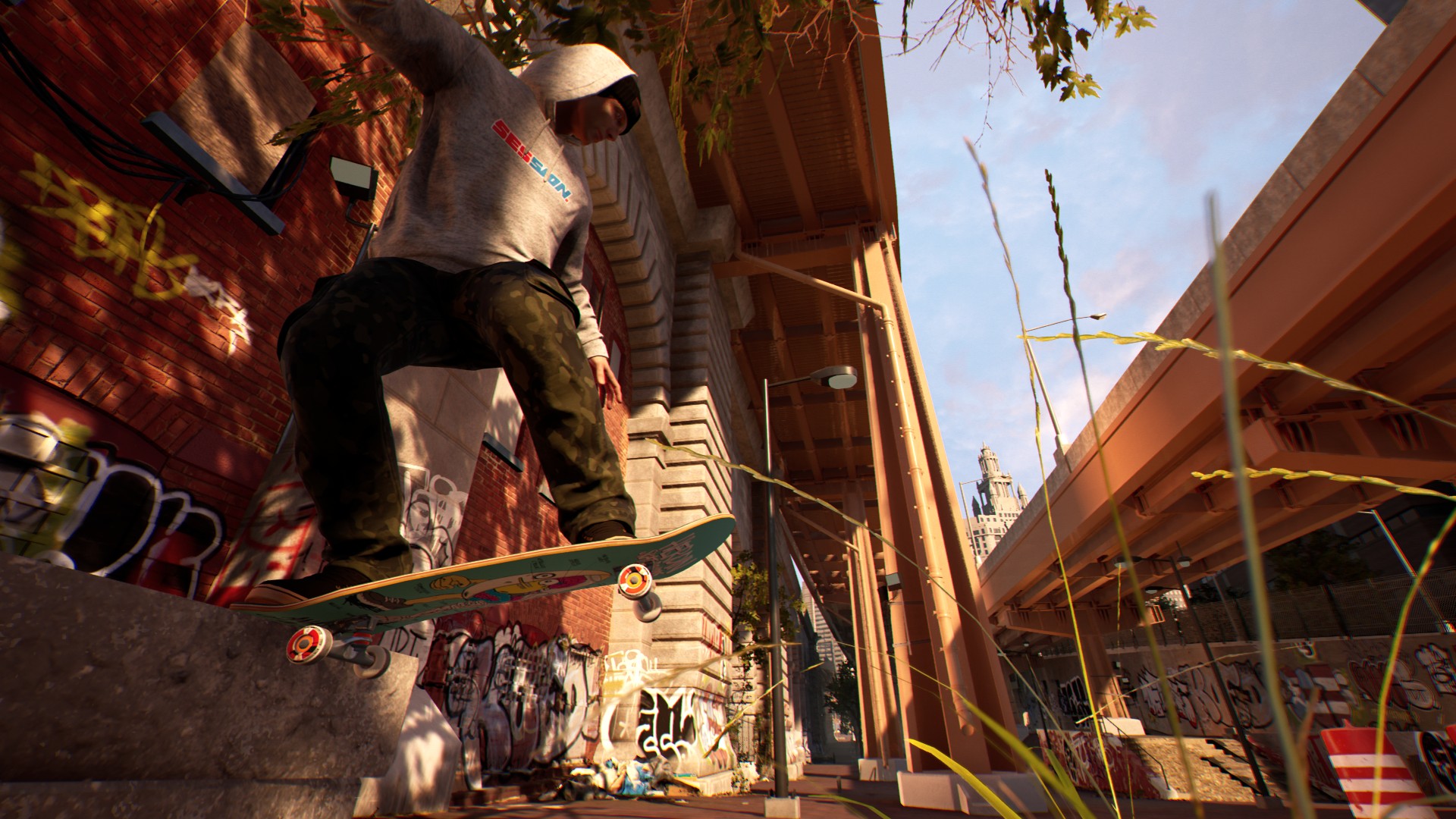
Session preview: "It's basically Demon's Souls on a skateboard"
“Back then video game soundtracks weren’t the big deal they became, so it was a lot easier for us to get music,” West recalls. “Activision producers came up with some tracks and then we suggested some. We got this very eclectic collection of tracks. It goes along with skate culture, that type of alternative music. And it meant you got a whole bunch of music with the game, too. A CD cost a bunch of money in ’99 and there was the equivalent of two or three CD's worth of music on there.”
The original 13-song soundtrack would be the start of a legacy which would go on to induct AC/ DC, the Sex Pistols, Iron Maiden, NWA, Run-DMC, and hundreds more into its ranks. The franchise would cement its status with the release of THPS2, a game still widely considered the best sports action video game ever, and though the franchise has since gone through its ups and downs, for a while at least it was completely untouchable. West would work on the franchise up until Tony Hawk Underground, the fifth game, before leaving Neversoft and retiring from the industry altogether. Neversoft itself would depart from the franchise after Proving Ground a few years later.
“I would say that four is my favourite,” West says. “I liked the levels, the designs are really good. We did a really good multiplayer too. Tony Hawk 3 was the first PlayStation game to have online play. It ended up we only had like 300 people playing online but it was the first game to have that experience and it carried over to Tony Hawk 4. That was where it all came together. “I’m very proud of what we did. I can see the influence it’s had on the broader game market and on skateboarding itself. It was good to be a small part of that.”
For more, check out everything we know about Skate 4, or watch the Dialogue Options episode below to see how open world games trick us into looking bigger than they appear.


